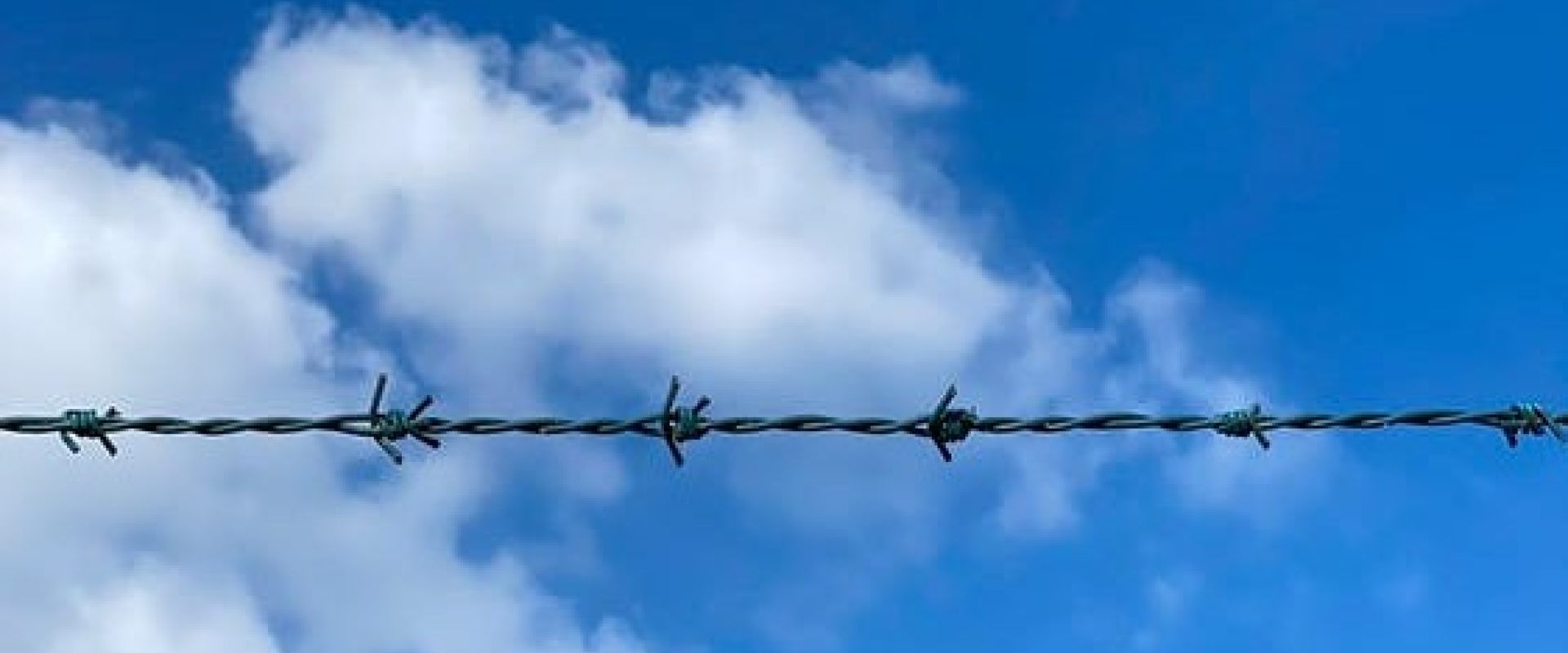This is an introduction to Hawaii’s youth correctional system. Hawaii’s history of abuse and mismanagement of its youth institutions dates to the mid-19th century.
Following the 1778 arrival of Captain James Cook, European and American settlers gained and eventually dominated economic and political power in Hawai’i. The ascendance of western economic, political, and legal concepts is evident in the State’s juvenile justice system.
Hawaii’s Industrial School
Established in 1865 on the island of O’ahu, Hawaii’s first youth institution, the Hawai’i Industrial School, housed youth as young as six-years-old. The Industrial School operated under the European doctrine of Parens Patriae, allowing the state to exert parental authority over youth when the natural parents were deemed unworthy.
The Industrial School model was western society’s response to the belief that segregation in an institutional setting was the most effective way to address the needs of neglected and delinquent youth. Major characteristics of this congregate-care facility included strict regimentation, harsh punishment, unequal treatment for boys and girls, a poor education system, and an emphasis on work. The facility was plagued by violence and exploitation. These problems became common to all subsequent facilities throughout the 20th century.
Hawaii’s Youth Correctional Facility
In 1961, a new era in Hawai’i youth correctional history began with the establishment of the Hawai’i Youth Correctional Facility (HYCF). The HYCF is located in Kailua, on the island of O’ahu and housed male and female youths. Consistent problems plagued this facility, including issues surrounding staffing, training, abuse, and excessive use of force. Watch this film to learn more.
